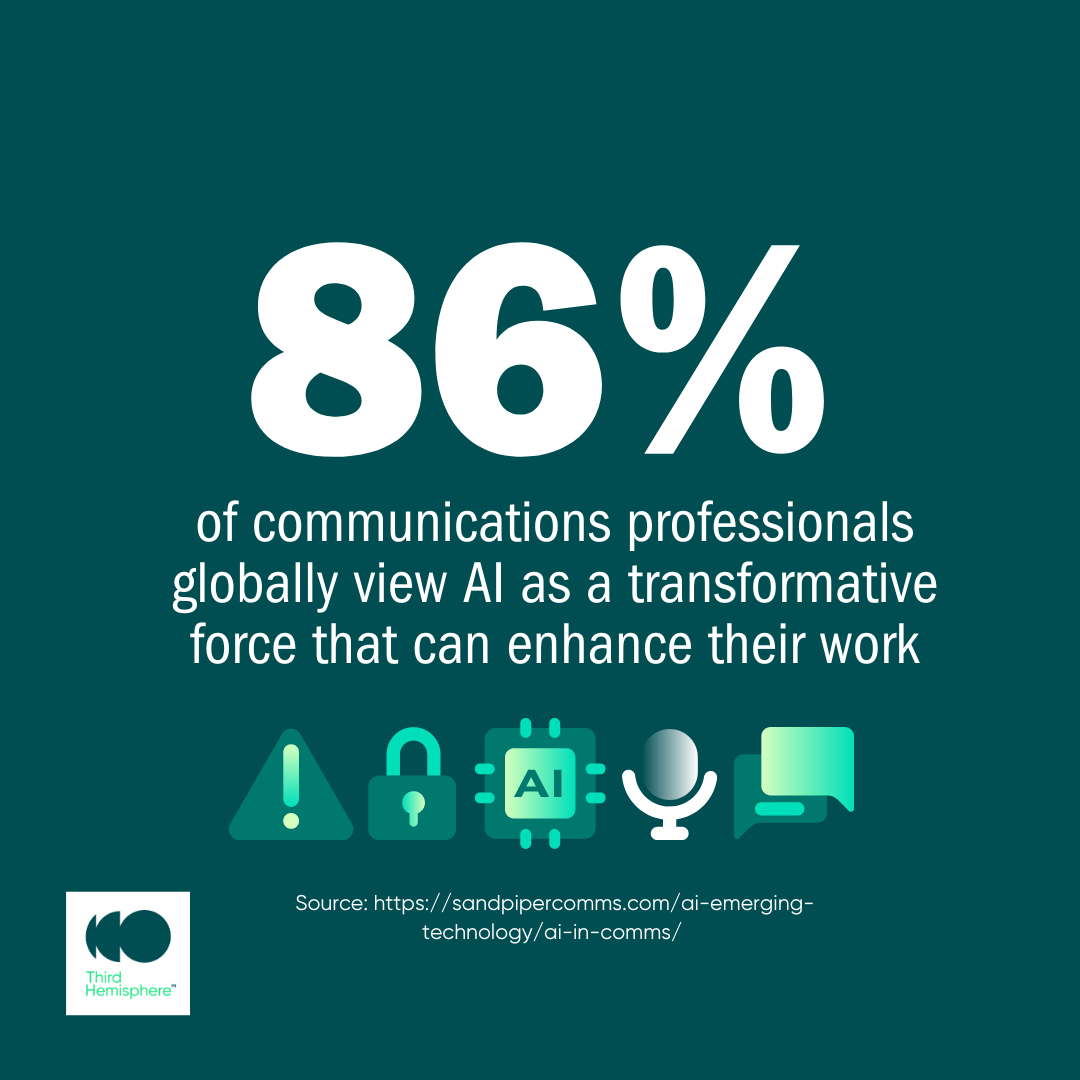How has AI not replaced traditional PR yet?
The insane hierarchical set up and inefficiency of corporate PR
The public relations (PR) industry is at a crossroads. Artificial intelligence (AI) has already transformed many aspects of PR, yet it hasn’t entirely replaced traditional PR. The question is: why hasn’t it, and should it? As someone who’s worked on both sides of the equation—journalist and PR observer—I’ve seen firsthand how much of PR is ripe for disruption, yet also why human expertise remains irreplaceable.
When I was a reporter, I thought PR was just about connecting journalists to executives—essentially glorified matchmaking. But the reality is far more complex. A good PR professional is a risk assessor, protector, strategist, project manager, writer, and spokesperson all rolled into one.
Their primary mandate is to protect a company’s reputation at all times and promote its message when appropriate. It’s a role that requires critical thinking, industry knowledge, and emotional intelligence. Yet the way traditional PR operates today is riddled with inefficiencies and outdated practices.
Corporate Hierarchy and Inefficiency
Take media monitoring, for instance. Every morning, junior staff spend hours combing through news articles to summarize coverage for their clients. These summaries often miss key nuances because they’re written by people with little experience in understanding the broader implications of a story. This is exactly the kind of repetitive task AI excels at. Tools like Meltwater or Brandwatch can scan thousands of articles in real-time, extract sentiment, and highlight trends with far greater accuracy than a human ever could. And then the question is, who is even reading your 12-page media summary? Or is it all just a show for your supervisor that you completed the work? THEN WHAT ARE WE WASTING OUR PRECIOUS BRAIN CELLS ON?
Another time-consuming task is preparing Q&A documents for clients before interviews. This involves reading through what every executive has said about an issue and distilling it into talking points. Again, this is something AI could streamline by analyzing past statements and generating prep materials tailored to the client’s needs. Yet many PR firms still rely on manual labor for these tasks, perpetuating inefficiency, and again, how can you expect someone who’s just come out of university to connect the dots of complex world issues, market volatility, geopolitical nuances, and business implications? The time should be used to teach, train, and immerse them in learning and not just force them to write surface-scratching answers for these executives. I’m not putting any junior staff down because we’ve all started from the bottom of the corporate food chain, but just the fact that there even is a food chain in the 21st century is wild.
What makes us human is the ability to think in nuanced terms - AI can even do reasoning better now
We should be admired and encouraged to THINK, not just to be execution machines. Honestly, as a mother now, I constantly think about how I can guide my children to be independent deep thinkers and not how to hand in the best-handwritten homework or one day can follow the instructions the best.
And then there’s the archaic obsession with mass emailing journalists flowery press releases that no one reads. Trust between journalists and PR professionals has eroded over the years, yet corporate PR continues to cling to this outdated form of communication. Why not adopt a more direct approach? I’ve been following
’s “Go-Direct” strategy for some time now, and it makes perfect sense in today’s media landscape. I LOVE IT. Instead of layering messages through bureaucratic hierarchies and generic pitches, let executives speak directly to their audiences via social media or other platforms.Unless you’re like the most watched, say, global top 100 company, cut the bureaucratic layers of managers and let the big boss just talk. Be a genuine and real person, say what you believe in, share your true vision of the company (you’re obviously in that position because you’re smart, so show it), and apologize if you f- ed up on something. Be real. Be authentic. If you make a mistake, own up to it.
AI has already taken over many of the execution-heavy tasks in PR—writing generic press releases, conducting surface-level research, and monitoring media coverage—. Still, it cannot replace what truly sets great PR professionals apart: judgment, insight, and creativity. AI can tell you what people are saying about your company, but it cannot tell you why it matters or how to respond in a way that aligns with your company’s values and long-term goals.
This is where human expertise becomes indispensable. Critical thinking cannot be programmed into an algorithm (at least not yet). Understanding industry nuances, anticipating trends, and crafting compelling narratives require experience and intuition—qualities that machines simply do not possess. To be good at the craft requires practice, guidance, handling real-life crises, and learning from your mistakes and experiences.
As Alibaba’s Joe Tsai puts it. “I want machines to do things I don't want to do, but I don't need machines to replace humans in doing things that I want to do.”
The future of PR lies in embracing AI as a tool to eliminate inefficiencies while doubling down on what humans do best: building relationships, telling stories, and making strategic decisions. It’s wild that agencies are going around cutting people left, right, and center but not rethinking their operations and business model. (Many have said in-house PR has less dependency on agencies - I mean, why would they need to pay 50k USD a month for three people to read the news for them every morning…)
Getting in the Media
Honestly, when I was a reporter, I reached out to people who I thought were credible and thoughtful on topics. When I was in PR, I was told you need to prepare these 50-page pitch decks and narratives to accommodate the reporter’s interests.
Now, as a founder who’s never pitched me, myself and I to any media but is receiving inbound media inquiries weekly, it’s really as simple as going back to 1) know your stuff, 2) be good at explaining seemingly complex issues in layman's terms, 3) having the patience to talk about it 4) being genuine and acknowledging your limitations … following these four guidelines seem to have served me better into getting quoted/ profiled than any PowerPoint pitch deck…
When podcasts and blogs have more influence than traditional media outlets and CEOs bypass PR firms to communicate directly with their audiences, the industry needs to adapt or risk becoming irrelevant.
PR professionals need to stop wasting time on tasks that machines can handle better and focus instead on developing deeper industry knowledge and honing their communication skills - like actually delivering trustworthy messages. The days of six layers of approval for a press release are over. It’s time for PR to evolve—not by resisting AI but by leveraging it to elevate what humans bring to the table: authenticity, creativity, and critical thinking.



